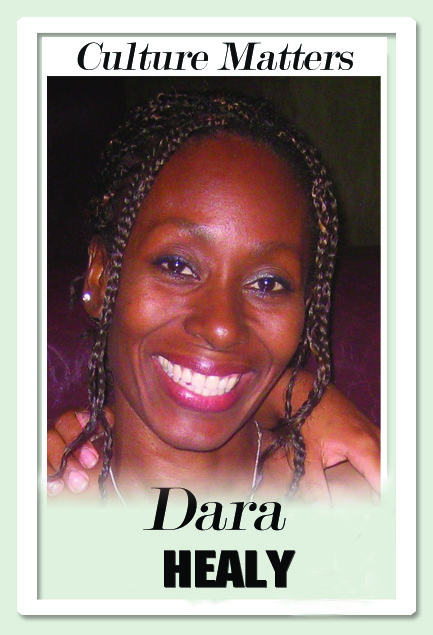Creativity stronger than covid19

To make yourself clean and tidy
Naturally
You get your clothes ready
You give your teeth a good brushing
And then you wash your face
And your something something
Wash your hands
And clean your finger nails
Now Melda
You mustn’t play
Wash your hands
And clean your finger nails
Extract from "Wash your hands", Roaring Lion, 1930s
IN 2020, a virus unexpectedly and swiftly placed the global community at risk. Washing hands, social distancing, self-isolation...swiftly became part of a transnational lexicon that is both powerful and at the same time disempowering.
As governments grapple with solutions, attention is being paid to the most vulnerable. Artists and cultural practitioners certainly fall within this category, as our income and earning potential are directly linked to social gatherings and industries that rely on human interaction.
One writer focusing on jazz musicians makes a point that is valid for the entire creative sector: “The first and most fundamental problem, of course, is income...For improvising musicians who generally don't have big record sales, touring revenue is absolutely crucial and this is the time of year when that would usually be ramping up. Factor in new restrictions on gatherings in cities like New York and the impact is catastrophic.”
There have been a number of times throughout history when our creative sector was at risk. For instance, from 1942-1945, Carnival was banned because of the Second World War. After the Canboulay Riots of 1881, the African drum was banned. Three years later, in 1884, the colonial government viciously broke up a peaceful gathering of East Indians at their Hosay Festival.
However, the banning of the drum led to the discovery of several new instruments. Around 1900, Tamboo-bamboo was created, with lengths of bamboo cut to bring forth a diversity of sounds. About two years later, biscuit tins were introduced as part of the accompaniment, but these were also prohibited. Experimentation with paint tins and then discarded steel drums led to the invention of one of the most significant instruments the world has known – the steelpan.
The story of resilience is the same for our national festival. Although there was no Carnival during the war years, the presence of American soldiers in bases around the country resulted in heightened demand for entertainment. Over the period, calypso and other forms of local culture flourished, although we paid a price, as prostitution became rife and our sense of values shifted.
Still, the calypso tents remained open, we saw the rise of Lord Kitchener, the participation of women in calypso, the expansion of East Indian traditions and music influenced by South American rhythms.
Although our creativity is strong, why does the battle against covid19 feel so different? Restrictions in human contact are a major factor. Artists thrive on showcasing their work for an audience; it is also how we earn our income. Secondly, the disease has exposed cracks in the way governments and the private sector engaged with creatives in the past.
Traditional ways of engaging with artists are not sustainable. We are often not paid on time or at our true value. There needs to be standards which are adhered to, across the board. So if a festival or performance is commissioned, funds should already be in place. It should not be that we have to wait for funds to be released to be remunerated.
Globally, measures are being implemented to provide some measure of support to the creative sector. These include extensions on funding application deadlines and allocation of relief funds. Locally, I repeat my call for our banking and financial sectors to develop solutions that work in tandem with workers in creative professions.
Almost 100 years later, it is unfortunate that we still need Roaring Lion’s basic lessons on hand-washing. We remember his calypso in this time of crisis because of its message. But it is also a reminder that the issue of personal health has now magnified into a challenge affecting entire communities.
Additionally, governments are predicting that social distancing measures may continue for several months. It may well be an opportunity for artists to reposition ourselves for the new world we face, but for now the ability of creative professionals to earn is increasingly precarious. At our core, we believe that creativity is stronger than covid19; what history records of this new threat to our livelihoods depends on the industry support that we receive and how quickly we adjust to this new reality.
Dara E. Healy is a performance artist, communications specialist and founder of the NGO, the Indigenous Creative Arts Network – ICAN.


Comments
"Creativity stronger than covid19"